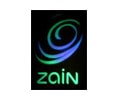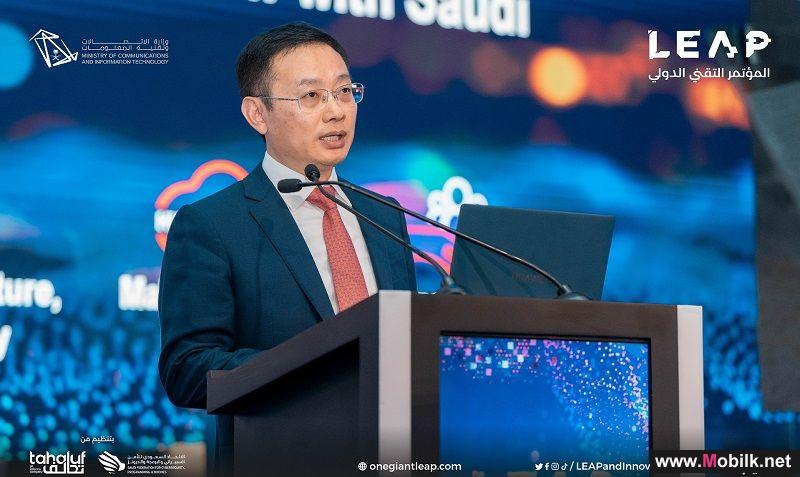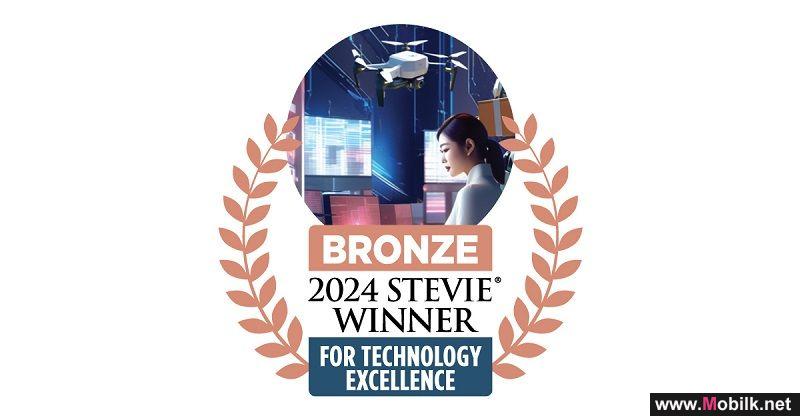The ‘New IP’ is the Key to Reducing the Risk of Restrictive and Shadow IT in Enterprises in UAE, says Expert from Brocade
Mobilk - However organization’s goals are measured — by market share, cost savings, shareholder returns, or customer satisfaction - they all have one thing in common: Restrictive IT. Organizations in UAE cannot take the risk of not addressing restrictive technology, absorbing the growing cost, and mitigating the impact of a failing network.
Yarob Sakhnini, regional director, MEMA at Brocade says that the Chief Information Officer (CIO) is the broker between the needs of the business, the demands of the business units, the reality of the technology in place, and the budget required to get where the business wants to be.
Restrictive IT makes this a difficult balancing act. You can see how it prevents business goals from being achieved and inhibits business units’ ability to respond to opportunities and risks, but it is often just too complex and costly to replace.
Information, data, and the applications that employees and customers use today aren’t just business tools, they are business. Organizations have become less reliant on the physical - office spaces, retail outlets, product samples; and more reliant on the virtual – remote working, web sites and online shopping. However, when it comes to the network infrastructure, enterprises still rely on decades old physical infrastructures that are slow, costly, rigid, and unwieldy.
Sakhnini says that organizations need to be fast and agile to act on opportunities or to counter all risks. The physical infrastructures they have in place can’t support this. The virtualization of technology in response to the virtualization of the business has only highlighted and increased the pressure on the infrastructure.
The Impact on CIOs and their Organizations
According to a recent CIO survey commissioned by Brocade, 98 percent of CIOs admit they are worried about how they can enable their organization to remain or become more competitive. Two thirds are concerned about supporting organizational growth geographically or in employee numbers.
These issues often stem from problems such as patchy security updates, an inability to deploy new applications at the speed required, and challenges in enabling access to services, applications and systems via multiple devices. All of it is caused by the limiting effect of restrictive IT.
Old, inflexible infrastructures and lengthy time to deploy have left many business units within enterprises feeling there’s no choice but to step outside or around the IT department to meet their goals. The result is Shadow IT. It includes any deployment or use of technology devices, solutions or services not sanctioned by IT and any they may be completely ignorant of. Over 80 percent of CIOs believe business units will adopt Cloud services without IT’s involvement in the future.
Security breaches and failure to comply with data protection and management regulation are two of the most common results of Shadow IT. Over 71 percent of CIOs report “security issues” as a major factor in time spent reacting to problems instead of creating solutions.
Balancing Risk: Time to Talk About the Network
It’s likely that CIOs already know what is the most restrictive IT asset in your organization. In spite of significant advances in networking technology, in most organizations the legacy systems they have in place cannot support the business needs of today, let alone tomorrow. Costly, complex, but vital, old style network architectures have resisted attempts to improve their performance through the application of virtualization or the deployment of more network devices.
While business units in many organizations race to embrace the cloud as a seemingly viable work around, a complete transfer of the organizations data, services, communications and applications is unlikely to be feasible. The only way forward is to address the network issue. Only by building a solution that provides the agility, security and access to the organization’s needs, can goals be met while reducing exposure to risk.
Sakhnini concludes by saying that simply adding new solutions to an overburdened, under-utilized, and fundamentally flawed system won’t provide the organization with what it needs. A new approach to the old network is needed. One that encompasses financing and transitional technology, while reducing complexity and cost. Organizations today have an ‘old IP’ infrastructure – systems, methodology, and a design that is no longer effective. What is needed is a “New IP” - transitional solutions that when brought together provide an infrastructure that is agile, affordable, and automated.
Reports and Studies
China Telecom Global Limited (CTG), the world-leading provider of integrated telecommunication services, has signed a strategic subsea capacity and..
Reports and Studies
Espoo, Finland – Nokia, Qualcomm Technologies, Inc., and T-Mobile today announced that they have achieved a worlds first showcase of successfully..
Reports and Studies
Steven Yi, President of Huawei Middle East and Central Asia, gave a keynote on the second day of LEAP, Saudi Arabias largest and most comprehensive..

 Vodafone Oman
Vodafone Oman Emirates Telecom
Emirates Telecom  Ooredoo Om
Ooredoo Om Ooredoo Qa
Ooredoo Qa stc Bahrain
stc Bahrain Orange Egypt
Orange Egypt Mobily
Mobily Zain Jo
Zain Jo omantel
omantel STC
STC Emirates Du
Emirates Du Asiacell
Asiacell Etisalat Egypt
Etisalat Egypt  Telecom Egypt
Telecom Egypt jawwal
jawwal Orange Jo
Orange Jo Umniah
Umniah Zain Sa
Zain Sa Bahrain Batelco
Bahrain Batelco Zain Bh
Zain Bh Wataniya palestine
Wataniya palestine Kuwait Viva
Kuwait Viva  Zain Kw
Zain Kw Vodafone Qa
Vodafone Qa MTN Syria
MTN Syria Syriatel
Syriatel Sabafon
Sabafon Zain Iq
Zain Iq MTN Yemen
MTN Yemen Ooredoo Kw
Ooredoo Kw Vodafone Egypt
Vodafone Egypt  Samatel
Samatel Huawei
Huawei Samsung
Samsung MOTOROLA
MOTOROLA Lenovo
Lenovo Alcatel
Alcatel LG
LG Nokia
Nokia Sony Ericsson
Sony Ericsson HTC
HTC BlackBerry
BlackBerry Siemens
Siemens Acer
Acer Sony
Sony Asus
Asus VK
VK APPLE
APPLE BenQ-Siemens
BenQ-Siemens Sagem
Sagem Eten
Eten HP
HP Panasonic
Panasonic Amoi
Amoi Toshiba
Toshiba Sharp
Sharp Sonim
Sonim Bird
Bird Mitac
Mitac Philips
Philips Vertu
Vertu Pantech
Pantech Micromax
Micromax Maxon
Maxon Haier
Haier I-mate
I-mate Gigabyte
Gigabyte I-mobile
I-mobile Kyocera
Kyocera BenQ
BenQ Microsoft
Microsoft Telit
Telit Connect
Connect Sendo
Sendo Mitsubishi
Mitsubishi SEWON
SEWON NEC
NEC DELL
DELL Thuraya
Thuraya Neonode
Neonode Be
Be Qtek
Qtek Bosch
Bosch Palm
Palm MWG
MWG Fujitsu Siemens
Fujitsu Siemens XCute
XCute WND
WND INQ
INQ O2
O2 Innostream
Innostream Benefon
Benefon Google
Google


















